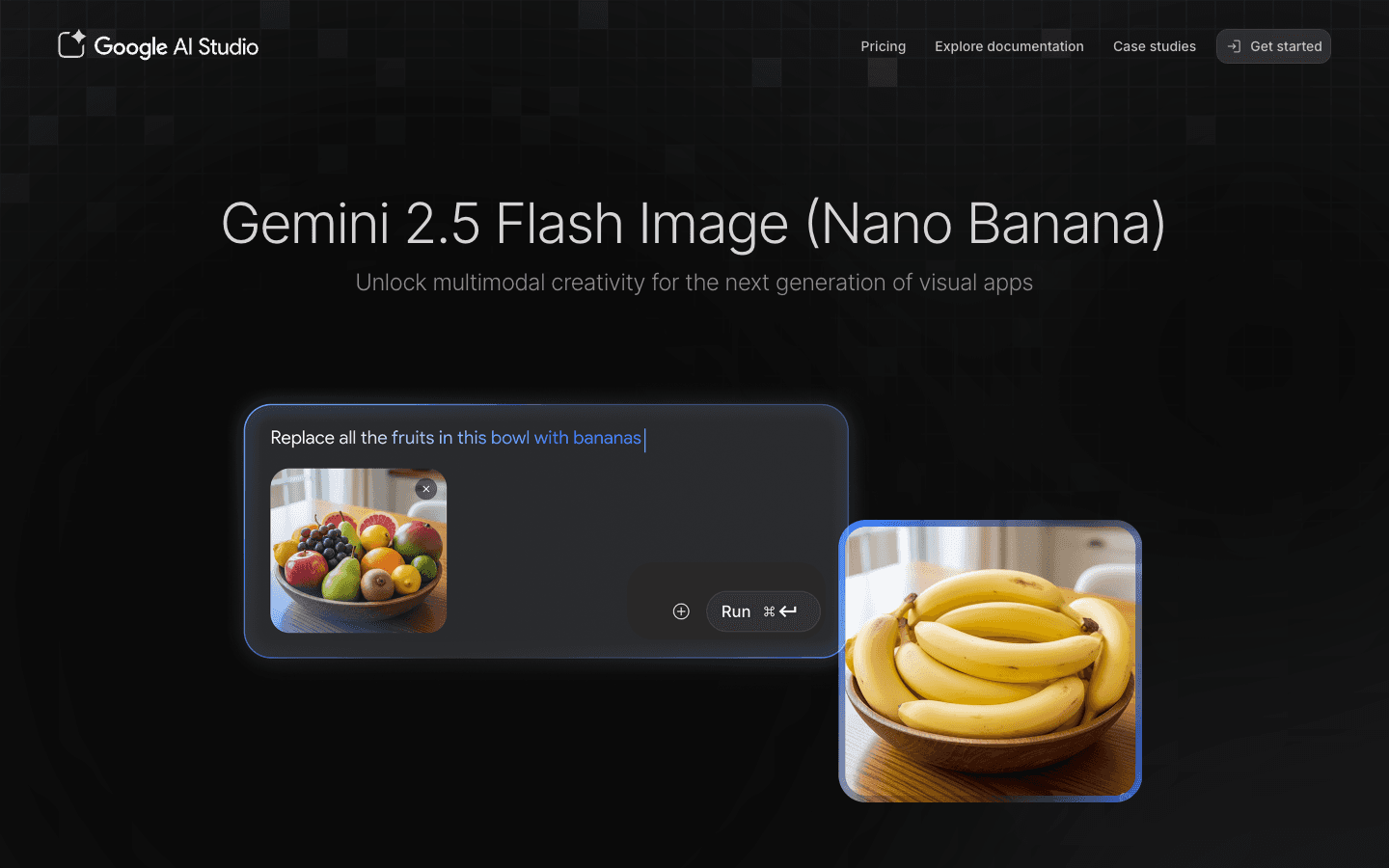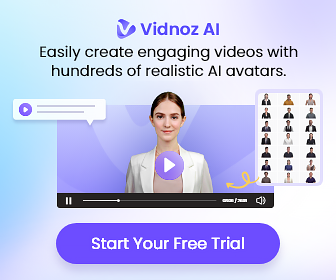
Google Nano Banana
Fast multimodal Gemini model for production

Overview
Google Nano Banana is a high-performance multimodal model hosted on Google AI Studio that brings Gemini-class capabilities to image, text, audio, and agentic workflows. Built from the Gemini 2.5 Flash family and accessible via the Google AI Studio model page at https://aistudio.google.com/models/gemini-2-5-flash-image, Google Nano Banana targets developers, product teams, and research groups that need low-latency inference, wide context windows, and flexible multimodal grounding.
It is optimized for production-scale tasks that demand throughput and reasoning, while still providing a free tier for exploration and experimentation. How it works: Google Nano Banana leverages the Gemini architecture and context caching to handle large context windows and multimodal inputs. Developers can invoke the model through Google AI Studio or the Gemini API for tasks like text generation, image generation, TTS, embeddings, and agentic automation.
The model supports image input and output, text and audio processing, and integrates with grounding sources such as Google Search for enhanced factual responses. Context caching and token-aware pricing make it practical for both prototyping and high-volume deployments. What makes it unique: Google Nano Banana combines the speed and throughput of the 2.5 Flash family with tuned cost-efficiency for large-scale usage.
It includes features designed for agentic workflows and automation, and offers developer-friendly tooling inside Google AI Studio. The platform provides a freemium model so you can start free and scale to paid tiers for higher rate limits and advanced features like Context Caching, Batch API, and enterprise-level security through Vertex AI. Important considerations: preview versions and some advanced features may have restrictive rate limits or be available only on paid tiers.
When using the model on the public Google AI Studio page, note the provided warning that the page may not yet be fully loaded and to consider specifying an explicit timeout in integrations. For details and to try the model, visit the Google AI Studio page at https://aistudio.google.com/models/gemini-2-5-flash-image. Overall, Google Nano Banana is positioned as a versatile, production-ready multimodal option for teams that need a balance of speed, multimodal understanding, and scalable pricing.
Core Features
- Deliver low-latency multimodal inference for images, text, and audio
- Support large context windows with context caching for long workflows
- Generate high-quality images with tuned Gemini 2.5 Flash image model
- Produce natural text-to-speech using optimized TTS variants
- Provide embeddings for search, classification, and semantic retrieval
- Enable agentic automation for browser control and task orchestration
- Offer freemium access with easy upgrade to paid, enterprise tiers
Use Cases
- Automated product image generation for e-commerce catalogs
- Multimodal chatbots that answer using images, text, and audio
- Batch image-to-text captioning for media archives
- Customer support agents that combine search grounding with answers
- Personalized TTS voice generation for podcasts and audiobooks
- Semantic search using embeddings for knowledge bases
- Automated video storyboard generation from text prompts
- Robotic control agents using computer-use and embodied reasoning
- Content moderation workflows combining image and text analysis
- Rapid prototyping of multimodal features in mobile apps
Pros & Cons
Pros
- High throughput for production workloads
- Multimodal support across image, text, and audio
- Large context windows with caching support
- Freemium access to start exploration
- Seamless integration with Google AI Studio
- Tuned for agentic automation use cases
- Competitive per-token and per-image pricing
- Rich developer tooling and Batch API
- Enterprise options via Vertex AI
- Strong grounding options with Google Search
Cons
- Preview models may have restrictive rate limits
- Free tier may use data to improve products
- Pricing tables can be complex to interpret
- Advanced features tied to paid tiers
- Some endpoints are preview-only
- Large-scale use may require Vertex AI integration
FAQs
Video Review
Featured

AI Book Summarizer
AI Book Summarizer That Makes Books Easy to Grasp

Tidio
Smart, human-like support powered by AI — available 24/7.

Ask AI Questions Online
Ask AI Questions for Free – Smart, Fast, and Human-Like Answers

Blackbox AI
Accelerate development with Blackbox AI's multi-model platform

Abacus AI
The World's First Super Assistant for Professionals and Enterprises

Higgsfield AI
Cinematic AI video generator with pro VFX control

Neurona AI Image Creator
AI image generator; AI art generator; face swap AI

AI Text Summarizer
AI Text Summarizer That Rocks: Faster Content Analysis

Animon AI
Create anime videos for free

Wan AI
Generate cinematic videos from text, image, and speech

Free AI Article Summarizer
Free Article Summarizer

Sora 2
Transform Ideas into Stunning Videos with Sora 2

Google Nano Banana
Fast multimodal Gemini model for production

ChatGPT Atlas
The browser with ChatGPT built in

Kimi AI
Kimi AI - K2 chatbot for long-context coding and research

Free AI PDF Reader
Free AI PDF Reader – Smarter Way to Understand Any PDF



